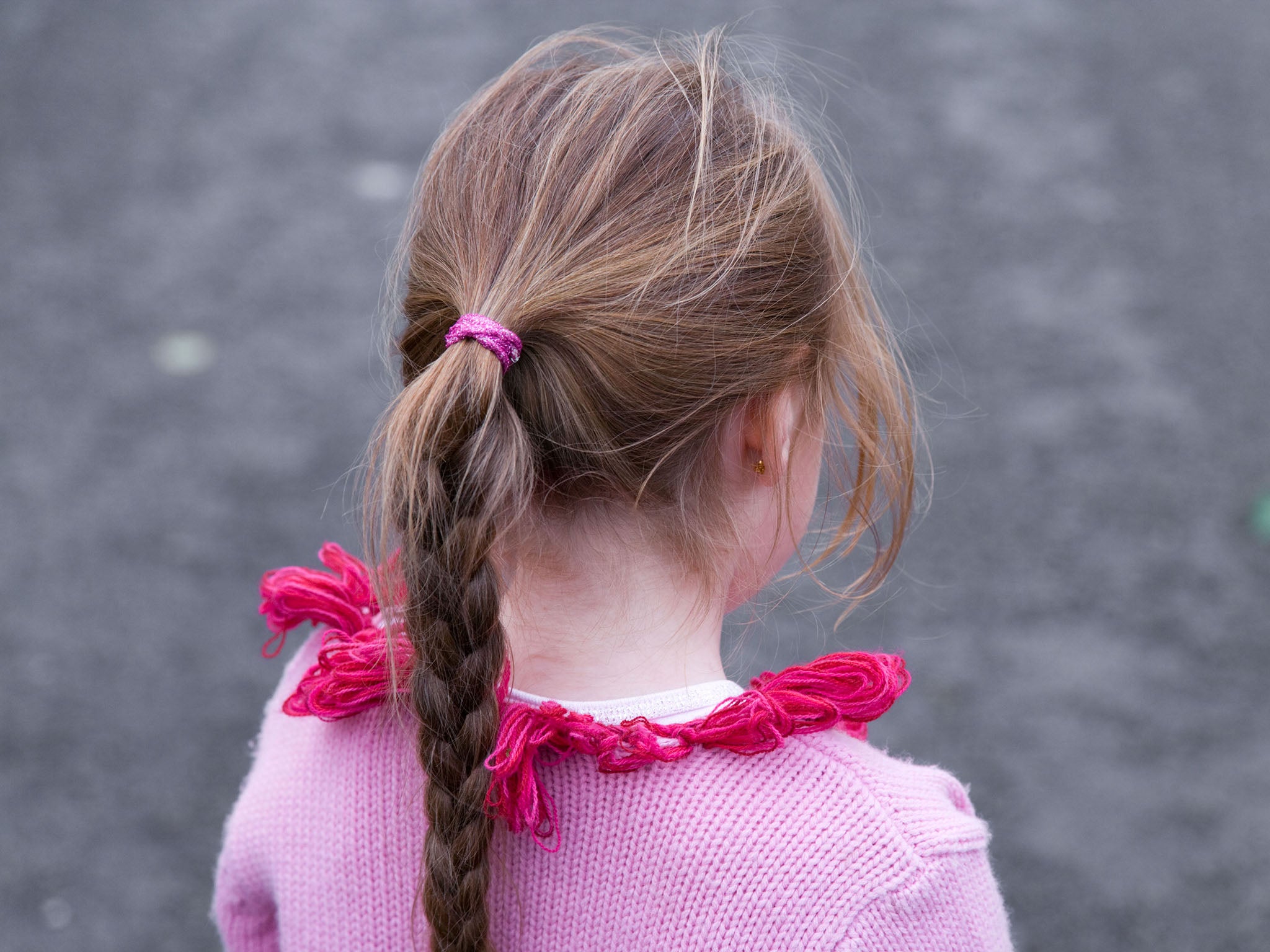Precocious puberty: The condition that causes children to start puberty as young as two years old
Breast development, rapid height growth, menstruation, acne and pubic or underarm hair are symptoms of the condition

Your support helps us to tell the story
From reproductive rights to climate change to Big Tech, The Independent is on the ground when the story is developing. Whether it's investigating the financials of Elon Musk's pro-Trump PAC or producing our latest documentary, 'The A Word', which shines a light on the American women fighting for reproductive rights, we know how important it is to parse out the facts from the messaging.
At such a critical moment in US history, we need reporters on the ground. Your donation allows us to keep sending journalists to speak to both sides of the story.
The Independent is trusted by Americans across the entire political spectrum. And unlike many other quality news outlets, we choose not to lock Americans out of our reporting and analysis with paywalls. We believe quality journalism should be available to everyone, paid for by those who can afford it.
Your support makes all the difference.Puberty is considered a milestone in any person's physical development, marking the transition from childhood to adulthood.
But while children generally start going through puberty in their early teens - with young girls normally starting between ages 11 and 14 and boys between ages 12 and 16 - this is not always the case.
In a small minority of cases a child will suffer from a rare condition called precocious puberty, which causes their bodies start to start developing when they are as young as two years old.
What is it?
Precocious puberty is a medical condition that causes an early release of hormones from the pituitary gland and the hypothalamus areas in the brain, which in turn stimulates estrogen production, causing puberty to begin prematurely.
It can occur in children as young as two years old. The upper age for diagnosing the condition is undefined, but medical experts generally say it is before the age of eight in boys and nine in girls.
What causes it?
In approximately 90 per cent of girls and 50 per cent of boys who experience precocious puberty, no underlying cause can be identified - in which case it is referred to by medical experts as idiopathic precocious puberty.
When the cause can be identified it is generally either an abnormality involving the brain or a problem such as a tumor or genetic abnormality in the ovaries, testes, or adrenal glands, causing overproduction of sex hormones.
Obesity may also contribute to earlier puberty. The rise in child obesity levels has been linked to data suggesting the average age of starting puberty in the USA and Europe has gradually become slightly earlier, because the more fat cells in the body the more estrogen storage there is. This has been noted particularly in young girls.
How common is it?
The rare condition affects around one in 5,000 to one in 10,000 children in the UK, and is five to 10 times more common in girls than in boys.
What are the signs?
Signs of precocious puberty include breast development, rapid height growth, menstruation, acne, enlarged testicles or penis, or pubic or underarm hair.
But the condition is more difficult to diagnose than often thought. Paul Kaplowitz, a doctor at the Children's National Medical Centre in Washington DC, once said only one in 10 of the children referred to him with signs of early puberty had true precocious puberty.
He explained that children can have isolated breast development and pubic hair without other symptoms. This determines that they are not signs of puberty, but just normal variations.
Charlene Denton, a British woman whose daughter started puberty at the age of two, told ITV's Good Morning Britain how she discovered the signs of her daughter's condition.
Ms Denton told the show: “Just after her second birthday she started developing little breast buds. At first the doctor reassured us that she was absolutely fine and there was nothing wrong with her.
“But then she started developing a second breast bud, so we took her back and had all sorts of tests done to diagnose her with precocious puberty.
“We were completely shocked. We'd never heard about it.”
Does it require treatment?
Treatment for precocious puberty depends on the cause. The primary goal of treatment is to enable the child to grow to a normal adult height, because the condition can stunt their growth.
In cases where there is no underlying medical condition, the condition can be effectively treated with medication, which usually involves a monthly injection that delays further development.
Join our commenting forum
Join thought-provoking conversations, follow other Independent readers and see their replies
Comments